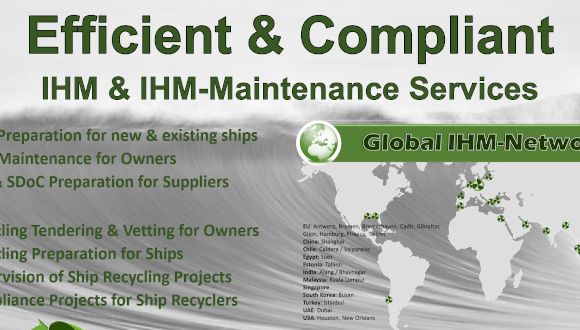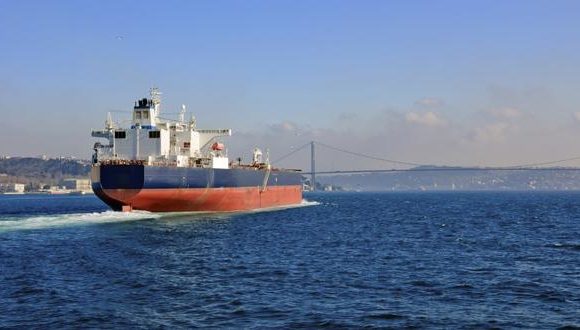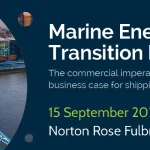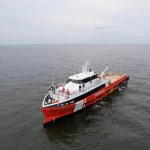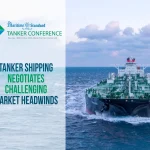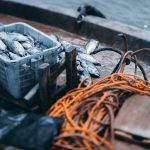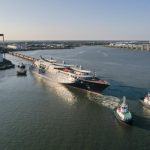Calculating The Cost Of Piracy
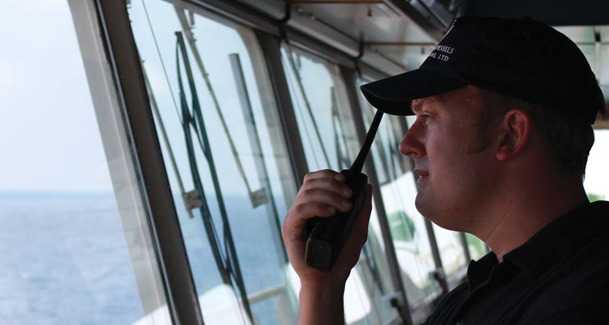
In an increasingly commoditised marketplace, shipowners and operators – challenged with low day rates, overcapacity, and working to comply with current and impending environmental regulation – face another question over how to differentiate themselves from the crowd; how they combat the threat of the loss of crew and earnings brought about by a piracy attack. For charterers, the choice of selecting a vessel is no longer limited to screening the daily fuel burn of the vessel, health and safety considerations and other “conventional” selection processes. Understanding how a shipping company approaches piracy is playing an increasingly pivotal role in which ship a company chooses to charter.
How vessel owners and operators show they are tackling the issue of piracy to charterers of the 42,500 vessels per year that sail through the Gulf of Aden, Persian Gulf and Indian Ocean, can be broken down into four key concerns:
- Insurance costs for loss, or temporary loss, of cargo and, therefore, what kind of insurance does the owner / operator have in place?
- Fuel costs; can the vessel slow steam or ‘ultra’ slow steam?
- Is the vessel detouring around the Cape of Good Hope?
- The size and type of vessel; is the ship vulnerable to attack?
The facts presented to companies suggest that utilising Privately Contracted Armed Security Personnel (PCASP) is good for business when all the opportunity costs are weighed-up against ‘business as usual’. Perhaps the most readily publicised benefit is the savings achieved through improved premiums provided to shipowners with PCASP when taking up “Kidnap and Ransom” (K+R) insurance. Many owners and operators might conclude that taking up K+R insurance is superfluous, and that their “Hull and Maintenance” (H+M) or “War Risk” (WR) insurance will sufficiently cover the owner / operator for payment of ransom if their vessel is hijacked. However, if piracy is covered within the H+M policy, this will in all probability only cover hull damage as the result of piracy and not the payment of ransom. WR underwriters, for their part, may say privately that they cover ransom payments, but this is at best likely to be discretionary; not something that one would accept when insuring their house or car, for example.
Moreover, should the WR policy cover ransom, it is almost certain that it would not cover additional and costly expenses such as negotiator fees, crew earnings, underwriter advisors expenses, bunker fuel used during the period of capture, and the potential for legal liability costs as the result of the death or injury to a crew member, or several crew members.
Given the above, it is perhaps not surprising that the most prudent owners / operators choose to add K+R insurance to their policy portfolios. Once it is established whether it is the owner or the charterer who pays for K+R insurance, then details such as the speed of the vessel, height of the free board, what protection (such as razor wire) the vessel may have, come under the scrutiny of the underwriter. Naturally, these factors will affect the final premium paid by the owner / operator or charterer, yet it is the provision of PCASP that will determine significant cost savings. Perhaps the most quantifiable argument is that hiring PCASP is proven to deter even the most determined pirates.
However the cost savings gained from utilising PCASP should not be taken in isolation, but as part of a holistic appraisal.
Fuel Costs
It has been well-documented that bunker fuel costs are by far the highest single cost of operating a vessel; with the relative costs of fueling a vessel as high as 70% of all operating expenses in some cases. In a market that remains flat, the requirement for saving fuel and fuel efficiency have become not just the obsession of the owner / operator of the vessel, but also for the charterer, who in 70% of instances pays for the fuel. And while this cost was traditionally ‘passed on’ and accepted by the charterers, the days of $700 per tonne of HSFO have seen charterers scrutinise vessels’ efficiency and in many cases insist upon “slow steaming”, “super slow steaming”, or more recently, “ultra slow steaming”. It is not uncommon, amid current market conditions, for a Handysize bulk carrier, with a relatively low freeboard to sail at 8 knots to save fuel, some 6 knots less than its average speed at the height of the market. In March 2011, Clarksons’ Martin Stopford concluded that it was a simple case of measuring freight rates against bunker fuel costs. He said: “For example, if slow steaming saves $37,000 in bunkers but the voyage takes a day longer and the ship charter rate is only $20,000 per day it makes sense to slow down, because the bunker saving exceeds the increased ship cost.”
The economic argument for “ultra slow steaming” for many charterers in the current market makes sense and charter agreements freight rates and high bunker costs. Yet, if one of PVI’s experienced security operatives were to advise the vessel owner and charterer, he would undoubtedly advise that the vessel should move at a faster rate than 8 knots. At PVI, where all of our operatives are experienced former Royal Marines with maritime experience, we understand that there are commercial imperatives that can override security concerns, which is why we recommend that not only is the cost of hiring a PCASP factored into insurance and fuel cost calculations when navigating high risk areas, but also the standard of PCASP recruited.
Cape of Good Hope?
When scrutinising the opportunity costs of hiring PCASP, perhaps the most stark example of the economic impact that piracy is having on commercial shipping is when considering vessels that avoid waters off Somalia by sailing around the Cape of Good Hope on the southern tip of Africa.
According to the Economic Cost of Somalian Piracy, 10% of vessels that would typically transit through the Gulf of Aden and Suez Canal, reroute to avoid piracy – with the reroute around the Cape of Good Hope adding an extra ten days to the average voyage time, and up to 20 days, depending on the route and type of vessels transiting.
Using the report’s conclusions as a guide, PVI has assessed that a VLCC would burn 100 tonnes of fuel per day at approximately $686 (averaged across 13 key ports on May 24 2012) per tonne – a ten day reroute would cost $686,000 alone for one vessel. In addition, when taking into account the average day rate for a VLCC charter of $51,413 [Clarksons], then the extra ten days to the journey would incur an additional $514,130 in charter fees. This amounts to more than $1.2 million in extra costs for the charterer before factoring in crewing, insurance and the various other expenses that go along with running a vessel.
More than Cost
Once the economics of hiring a PCASP are understood then the focus of increasingly burdened shipowners / operators and charterers is fixed on how they combat the threat. At PVI, as the leading provider of PCASP for the maritime industry, we know that benefiting from the economies of scale available to us by manning more transits than any other company is not enough. Most importantly, once the economic arguments have been detailed and scrutinised and the decision to hire PCASP has been taken, the responsibility for the reputation of the company and the safety of its crew is in the hands of the chosen PCASP team.
At PVI we know that there is considerable differentiation between the quality of companies in the marketplace. PVI sets itself the highest standards of vetting of its security operators, insurance, weaponry and service provision; only, for example, using former Royal Marines with a minimum of five years’ maritime experience. Moreover, at PVI we use established standard operating procedures that are commonly understood and implemented. Our rules for the use of force are based upon principles of deterrence and the de-escalation of violence. Our PCASP are supported by the world’s best intelligence analysis, training and high quality equipment that ensures delivery of service.
Reputation is an intangible and complex concept, harder to quantify than fuel spend, insurance and day rates. The reputational risk of a successful attack by pirates, the potential loss of life and income, the loss of confidence of the market and consequent difficulty in hiring future crew, is a major risk issue for all shipping companies and needs to be considered alongside all the other major operational, strategic and financial risks. One thing is certain, an organisation can be devastated by the loss of its reputation and it will take a lot longer than a vessel to repair.
Eric Conway MBE – UK, Managing Director,
Protection Vessels International (PVI)

